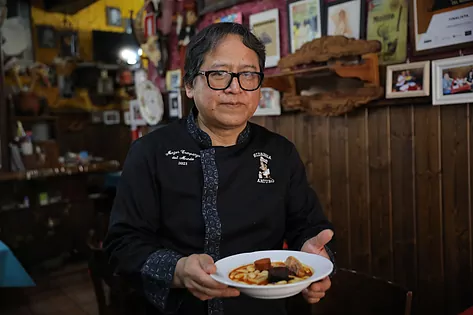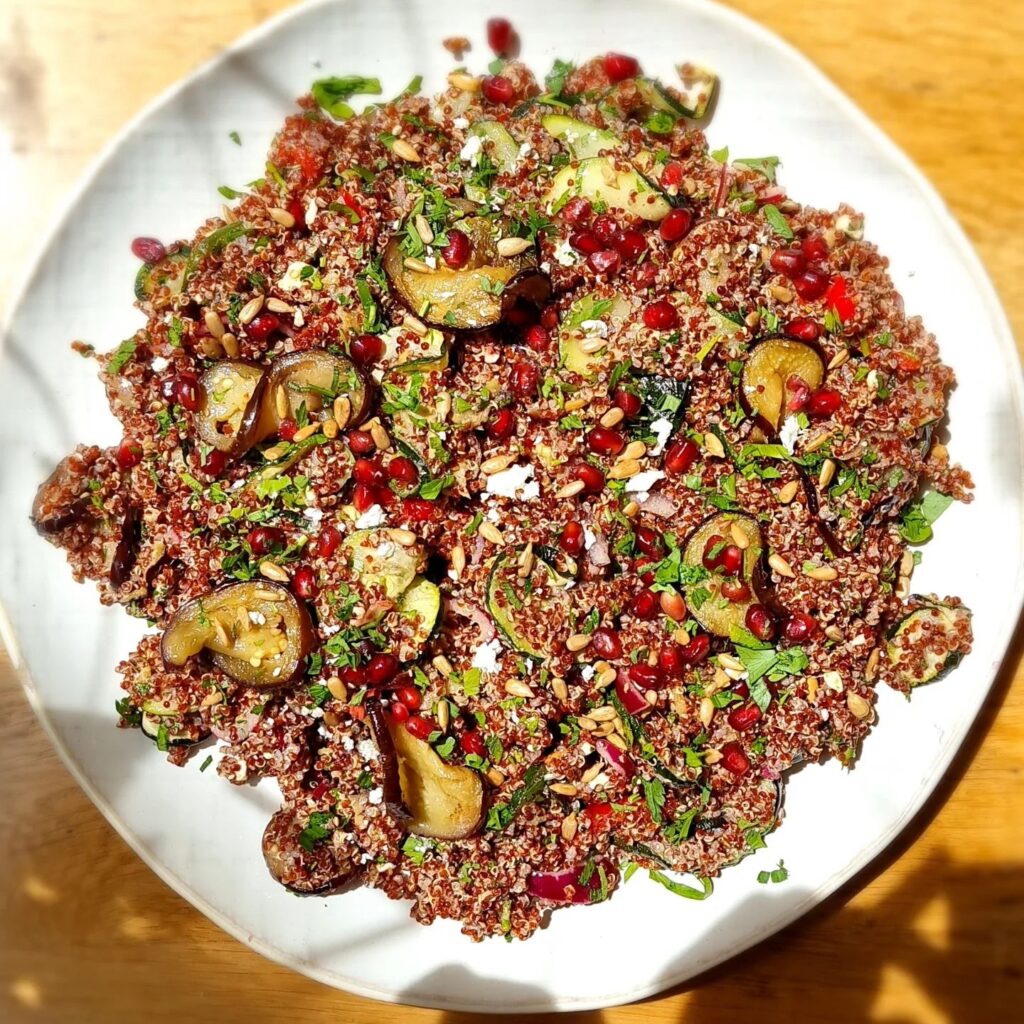Vivienne Sarobe, psychologist and founder of OASIS talks to us about the place of happiness and wellbeing she has created in La Moraleja and the importance of reigniting our playful side.
Where did you live as a third culture child, constantly on the move?
My parents are both Spanish and we moved a lot because my father is an engineer who helped build the Puente de Salazar in Lisbon and many electrical power plants. I went to 9 different schools and was exposed to many languages growing up: English, Spanish, French, Swahili, Xosa, Zulu, Sutu, Welsh, Afrikaans, Italian, Portuguese, Mandarin…I still use three.
What about later when you were in your twenties onwards?
I started a law degree with the aim of becoming a diplomat, but then I was swayed by psychology as I love listening to people and really understanding them. I set up a private practice in La Moraleja, and also passed a public examination that led me to the public sector for several years and I also helped found City Country, an American Spanish Montessori Project School.

You have been a psychologist for 36 years, what lessons have you learned?
We need to understand our individual nature and take into account our own specific needs as well as celebrating diversity. Most difficulties arise because we don´t understand a particular need or uniqueness. You can´t judge a fish for its ability to climb a tree!
Oh, and now that I´m sixty years old I can afford to say, the most important thing is LOVE. Love is not a feeling but a practice of acceptance and understanding that requires discipline, kindness; patience; great courage; imagination; sensitivity and everything you´ve got.

How did you come up with the concept of Eggomotion?
I have a Youtube channel called Vivienne Sarobe, which explains it. One day a client asked me to explain procrastination, so I took some eggs from the fridge and painted the facial expressions that reflected the issues being discussed. I left them in the office and my patients started to relate to them and asked me to paint more, and the concept just grew from there.
One day my dog, Wanda, ate one of the eggs so I began to use wooden “Eggos”! Eggomotion is a narrative to help us see and play with the mind. I have two books on Amazon, “Eggomotion, the mind in motion” and “Learn Eggomotion”. which teaches the method in Spanish and English. I´m currently working on the next book.

You have recently launched OASIS, what is it all about?
It´s a centre dedicated to happiness, wellbeing and learning. We have a wide range of multi-lingual highly trained professionals such our psychologist who qualified at Columbia University; our psychiatrist who has worked for the National Health System in the UK and our art team.
Our mission to is help people to feel at home in Madrid and fully supported as they integrate into life here. We adopt a very practical and dynamic approach. Mental health is particularly important to expats as constant moves, the lack of family nearby and cultural changes are objectively stressful and require very specific tools to help them navigate the course.
Why is play and playfulness so essential our wellbeing?
Play and playfulness are a great medium to rehearse and experiment with facets of life that we find hard. So that we´re better prepared for them. They are even great healing tools for trauma if you know how to use them.

You are also an accomplished singer, what role does music play in OASIS?
Songs are a great way to teach emotional intelligence in a way that resonates with children and adults alike. Apart from being therapeutic in itself, music provides a language with which we can explore our minds whilst at ease and make friends all over the world.
We offer workshops to discover your own voice and music and we create tailor-made workshops to suit.
In addition to expat support what other services do you offer?
We are also culture vultures and thanks to my black book of local experts we can provide top-notch classes in diverse areas such as the arts, psychology; communication; parenting; skills for family life and/or couples; tools to ease adaptation to expat life; what to expect in mourning, …anything concerning the mind.

What makes OASIS different from other wellbeing centres?
We´re a one-stop shop for the international community and returnee Spaniards to ease that transition into Madrid life. We have all experienced expat life first-hand so we understand exactly what it feels like. This enables us to connect with our clients on a deeper level as we speak the same cultural language in all its guises.
We listen between the lines to uncover what our clients really need. We then address the whole self and offer a bespoke plan to focus on those requirements.

What do you do in your spare time?
Believe it or not, I rest…. and write; sing; paint and garden. I have lots of lovely friends to share life with. My latest book and record, about the grief of losing my son, is coming out in April 2024. It´s been such a positive experience putting this together. So many parents lose a child but it´s rarely discussed. Mourning in general is overlooked, so I wanted to share my experience.
My band performs at public and private venues. We do events, weddings, cocktails, house concerts, etc. In fact we have accidentally become professional!
Where is your OASIS?
Right next to La Moraleja, exit 17, in a beautiful little community of houses.
Oasis – Therapy, learning, and art by and for members of the international community
Contact Vivienne Sarobe at 616108013 or viviennesarobe@gmail.com
















































































